Whether it's your favourite brand of milk, the sneakers you wear, the car you drive or the flowers you grow, IP is everywhere.
What is IP?
IP rights legally protect brands, inventions, designs or new plant varieties. They give their owners exclusive rights to profit from these innovations.
IP protection ensures that:
- our lives are improved by new ideas and inventions
- people are motivated, encouraged and incentivised to develop and make new things
- only businesses that own the IP right can sell products and services with confidence, knowing that if someone steals their idea, they can legally enforce their IP right
- the economy continues to grow and the development of new jobs is encouraged.
In Australia, you can protect your idea or invention with a trade mark, patent, design right or plant breeder's right or any combination of these.
IP in action
Look around. What products can you see, feel, touch and hear? Chances are it's protected with some form of IP right. Here's some examples of IP you might interact with during your day.
Trade marks
A trade mark helps distinguish a business' product or services from others in the market. It can be used to protect a logo, phrase, word, letter, sound, packaging and more.
Having a strong brand helps a business influence new and existing customers, who make more purchases and promote the brand to others.
By protecting their brand with a trade mark, a business can stop others from making lower quality products and pretending they're made by the genuine business, impacting the brand's value.
Where to find trade marks
From the food and drinks in your fridge, the type of phone you use, and the name of your favourite show, you'll notice trade marks everywhere.

Telecommunications
Optus

Clothing and accessories
Bonds

Takeaway outlet
Boost
Patents
A patent protects an invention or how something works. It can be used for new technology, devices, substances or processes.
Patents have a big impact on innovation in Australia and around the world. They give the inventors confidence that their efforts to research, develop and produce great new things will be protected and rewarded.
Where to find patents
Patented inventions aren't always easy to see. But when you use wifi to check messages, take medicine to improve health or are guided by smart lights in your home, you're interacting with patents. They're part of everyday life.
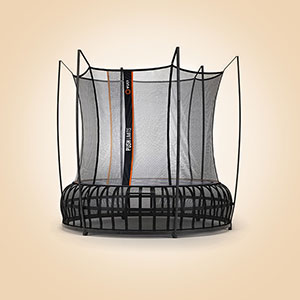
Trampoline
Vuly trampoline

Remote control aircraft
Quadcopter drone

Plant based protein
Plant based burger
Design rights
A design right protects the overall visual appearance of a new and distinctive product. The appearance may be a combination of shape, colour, pattern or more.
With total control over how the product looks, the owner has complete say in who can use it and how. This means they can commercialise it in the market, and or licence the design to others for a fee.
Where to find design rights
The shape of your perfume bottle, the vegetable peeler used to prepare dinner and your electric toothbrush could all be protected by design rights.
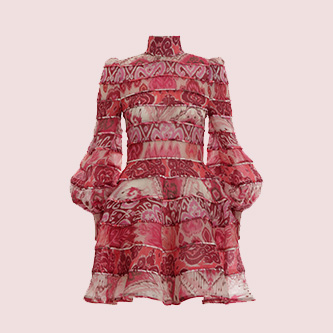
Clothing
Zimmermann dress

Sports car
Ferrari 488 Spider

Furniture
Side saddle chair
Plant breeder's rights
A plant breeder's right (PBR) protects a new plant variety, such as flowers, vegetables, fruits, bushes and shrubs.
By protecting the new plant with a PBR the owner can commercialise it in the market and or allow others to breed the plant themselves for a licensing fee. This protection encourages the development of better plants, including those that can overcome problems faced by farmers, such as pests or drought.
Where to find PBRs
Think about the grass you walk on, blossoming flowers and the trees that provide shade. You don't even have to step outside to interact with PBR. The strawberries in your fridge and the wheat used to make your bread are likely to be protected by a PBR.
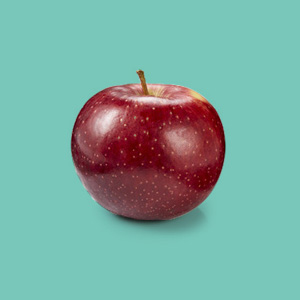
Apple
ANABP 01
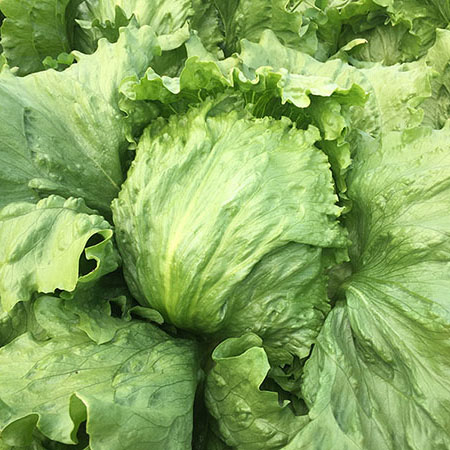
Lettuce
Empire Rose
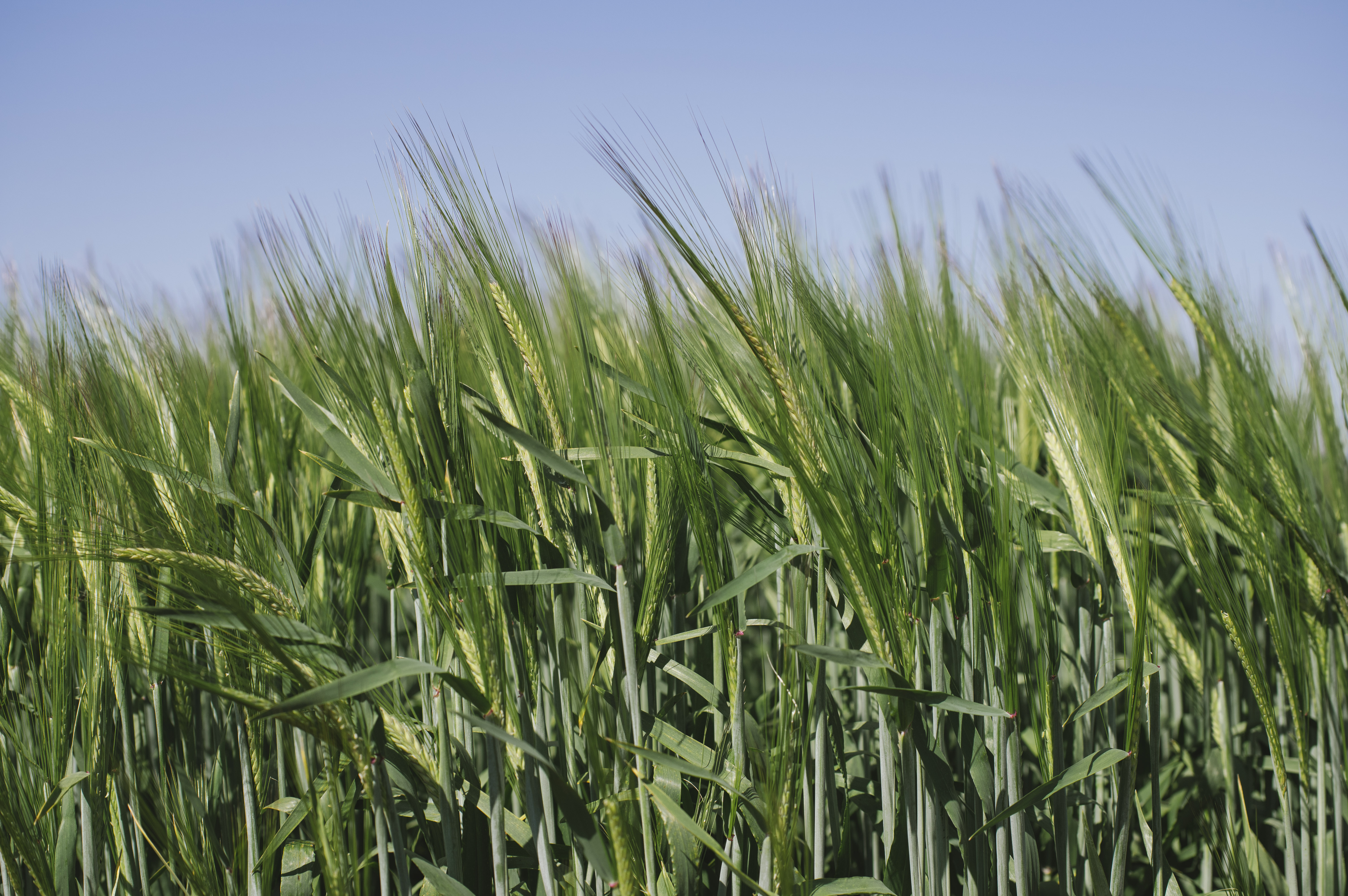
Barley
Spartacus CL
